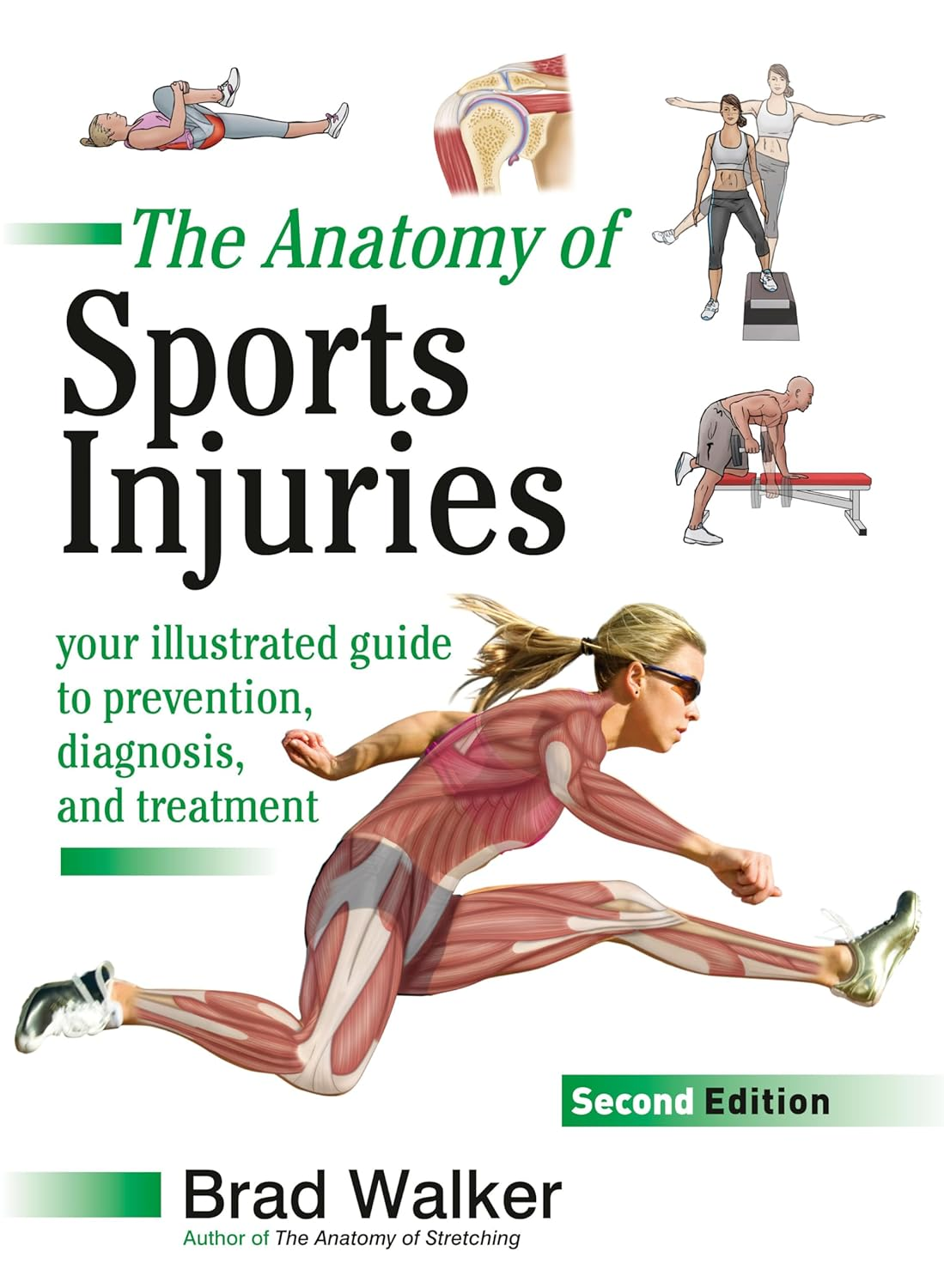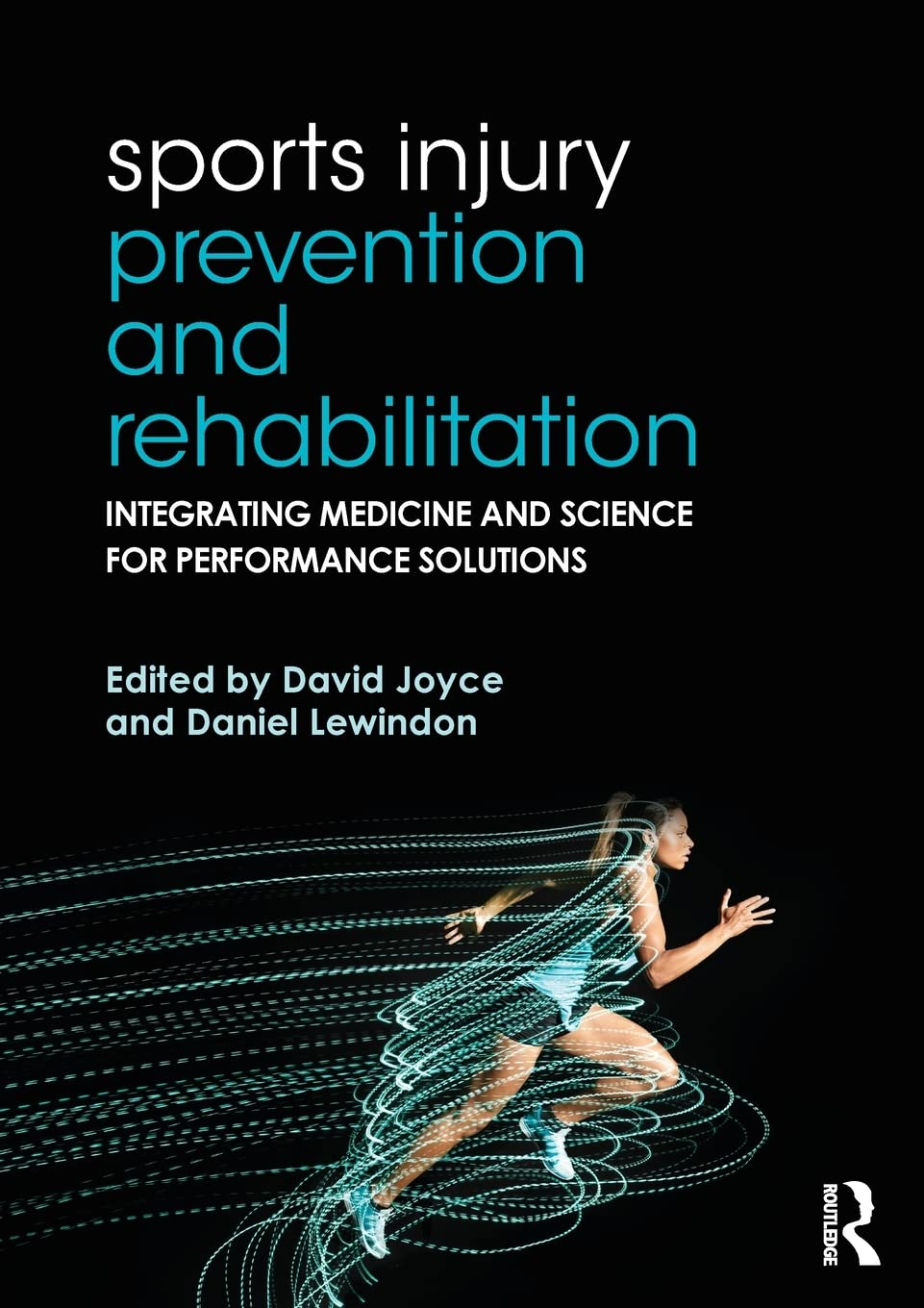Table Tennis Athletic Injuries'
Athletic wounds can be ordered into a few kinds:
Intense Wounds
1. Hyper-extends (tendon harm)
2. Strains (muscle harm)
3. Cracks (bone breaks)
4. Disengagements (joint misalignment)
5. Blackouts (head wounds)
Abuse Wounds
1. Tendinitis (ligament irritation)
2. Bursitis (liquid filled sac irritation)
3. Stress breaks (bone weariness)
4. Shin supports (lower leg torment)
5. Tennis elbow (parallel epicondylitis)
Ongoing Wounds
1. Joint inflammation (joint aggravation)
2. Tendinosis (ligament degeneration)
3. Constant torment (persevering agony)
4. Scar tissue arrangement
5. Attachments (stringy tissue development)
Normal Injury Causes
1. Overtraining
2. Poor warm-up/cool-down
3. Lacking rest and recuperation
4. Insufficient hardware
5. Unfortunate strategy
6. Contact with rival or hardware
7. Ecological elements (temperature, mugginess)
Injury Avoidance Methodologies
1. Warm-up and chill off works out
2. Extending and adaptability preparing
3. Reinforcing works out
4. Appropriate gear and footwear
5. Method revision
6. Normal rest and recuperation
7. Mental planning and concentration
Treatment and Restoration
1. Rest, Ice, Pressure, Rise (RICE)
2. Non-intrusive treatment
3. Propping and support
4. Torment the executives
5. Medical procedure (if important)
6. Steady re-visitation of play
Key Ideas for Competitors and Mentors
1. Injury counteraction through appropriate preparation and readiness
2. Early acknowledgment and treatment of wounds
3. Powerful correspondence between competitors, mentors, and clinical staff
4. Steady re-visitation of play after injury
5. Significance of mental arrangement and concentration
Injury Chance Elements
1. Age
2. Sex
3. Wellness level
4. Preparing volume and power
5. Past wounds
6. Hereditary inclination
Injury The study of disease transmission
1. Injury rates differ by game and populace
2. Most normal wounds: knee, lower leg, shoulder
3. Injury rates top during rivalry seasons
4. Repetitive wounds normal in competitors with past wounds
https://amzn.to/3zteGm2
For anyone who plays sports and is looking to facilitate recovery or prevent injuriesEveryone who plays sports experiences injuries. Many people never fully recover because they're not aware of what they can do to facilitate recovery. But there's no need to simply resign yourself to "living with" a sports injury. In The Anatomy of Sports Injuries, author Brad Walker brings years of expertise--he works with elite-level and world-champion athletes, and lectures on injury prevention--to this how-to guide. The book takes a fundamental approach, bringing you inside the body to show exactly what is happening when a sports injury occurs. At the heart of The Anatomy of Sports Injuries are 350 images. This second edition includes updated illustrations and more anatomical information and is for every sports player or fitness enthusiast who has been injured and would like to know what the injury involves, how to rehabilitate the area, and how to prevent complications or injury in the future.




Comments
Post a Comment